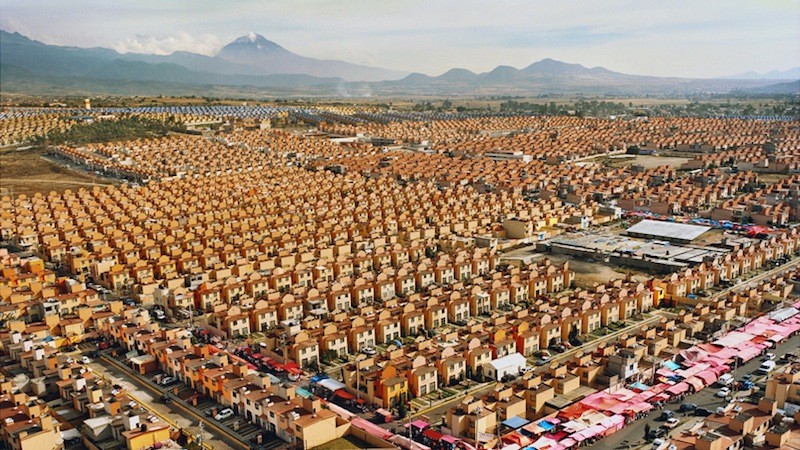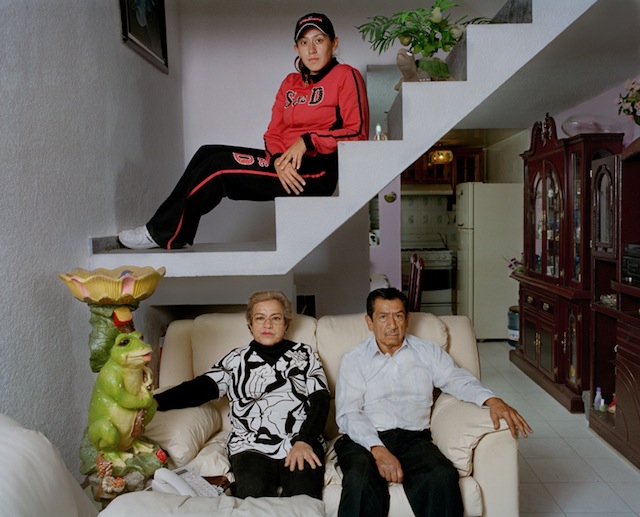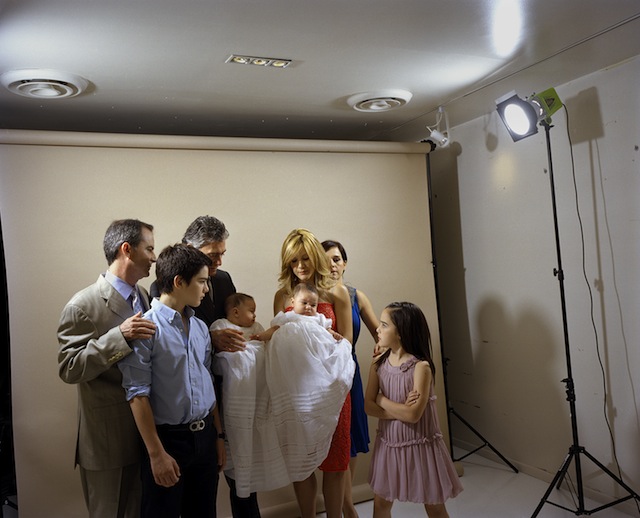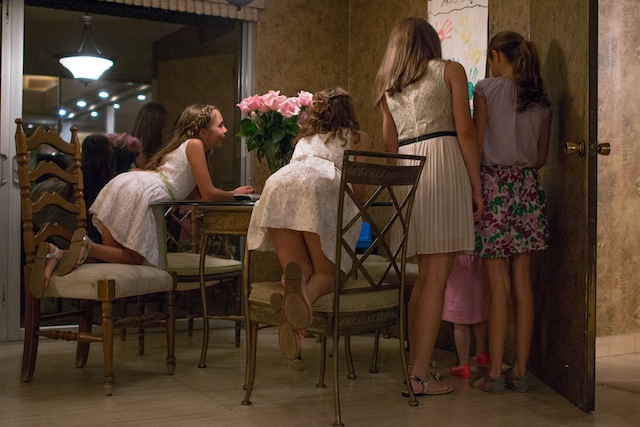Existe lo que tiene nombre: Contemporary Photography in Mexico, a two-part exhibition at SF Camerawork and Galería de la Raza, brings together twenty-two photographers working across Mexico today. The artists, born mostly between the mid-1970s and the early-1990s, represent a range of emerging and established artists working in differing styles, including documentary, landscape and conceptual photography. There is no single theme or aesthetic that blankets Existe lo que tiene nombre, which translates to “it exists if it has a name”; instead, the exhibition is akin to a collection of loosely related – and highly engaging – stories.
Alejandra Laviada began photographing Mexico City’s modernist Hotel Bamer in 2006, shortly after it closed. Her Hotel Bamer series, on view at SF Camerawork, captures a place abandoned in haste, the vestiges of former lives still present. There is a similarity between Laviada’s work and photographs of Chernobyl or British Columbia’s Kitsault mining town, where shopping carts sit idly in empty grocery stores. One of Laviada’s photographs shows five mattresses in varying states of decay. They stand upright in an empty wood-paneled room, on a crimson shag carpet you can almost feel. The mattresses’ stains and frayed corners allude to years of family vacations, honeymoons and business trips.
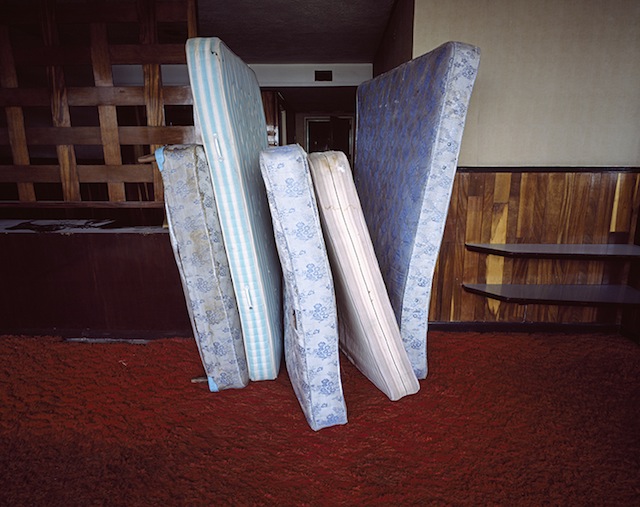
Viewing pictures of Chernobyl or Kitsault today is a form of time travel – the locations are frozen as they were decades ago. Even though Laviada’s photographs convey a similar impression, Hotel Bamer’s furnishings were ‘retro’ well into the 21st century. Her photographs are both nostalgic and contemporary, documenting a type of mid-century hospitality that may have persisted indefinitely, as style and taste shifted outside its walls.
While many works in the exhibition could be described as vignettes, Pablo López Luz’s two large photographs at SF Camerawork are something more epic. The pieces, View of Mexico City (2013), are urban landscapes taken from one of the city’s many hills. In one image, the view is not unlike that of Bernal Hill and its modest microwave tower, as seen from Corona Heights.
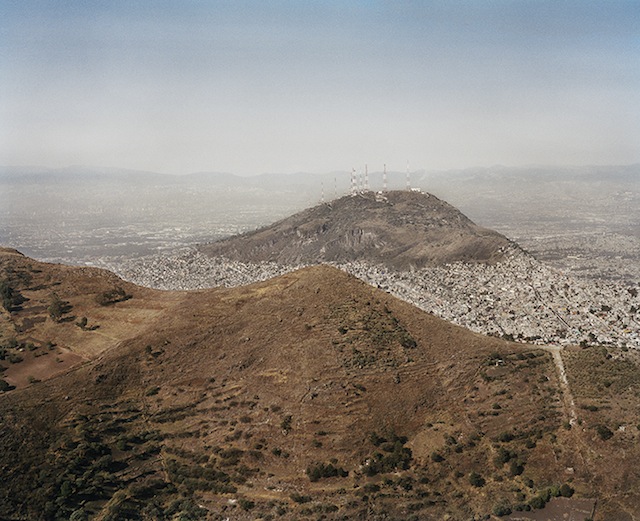
The density of this megacity is awesome, and Luz’s cloudy image is less likely an aesthetic treatment than proof of actual pollution. Luz is interested in what landscape can disclose about social life without actually picturing people. These photographs record a landscape entwined with politics; the breathtaking scenes point to serious ecological and social concerns.
